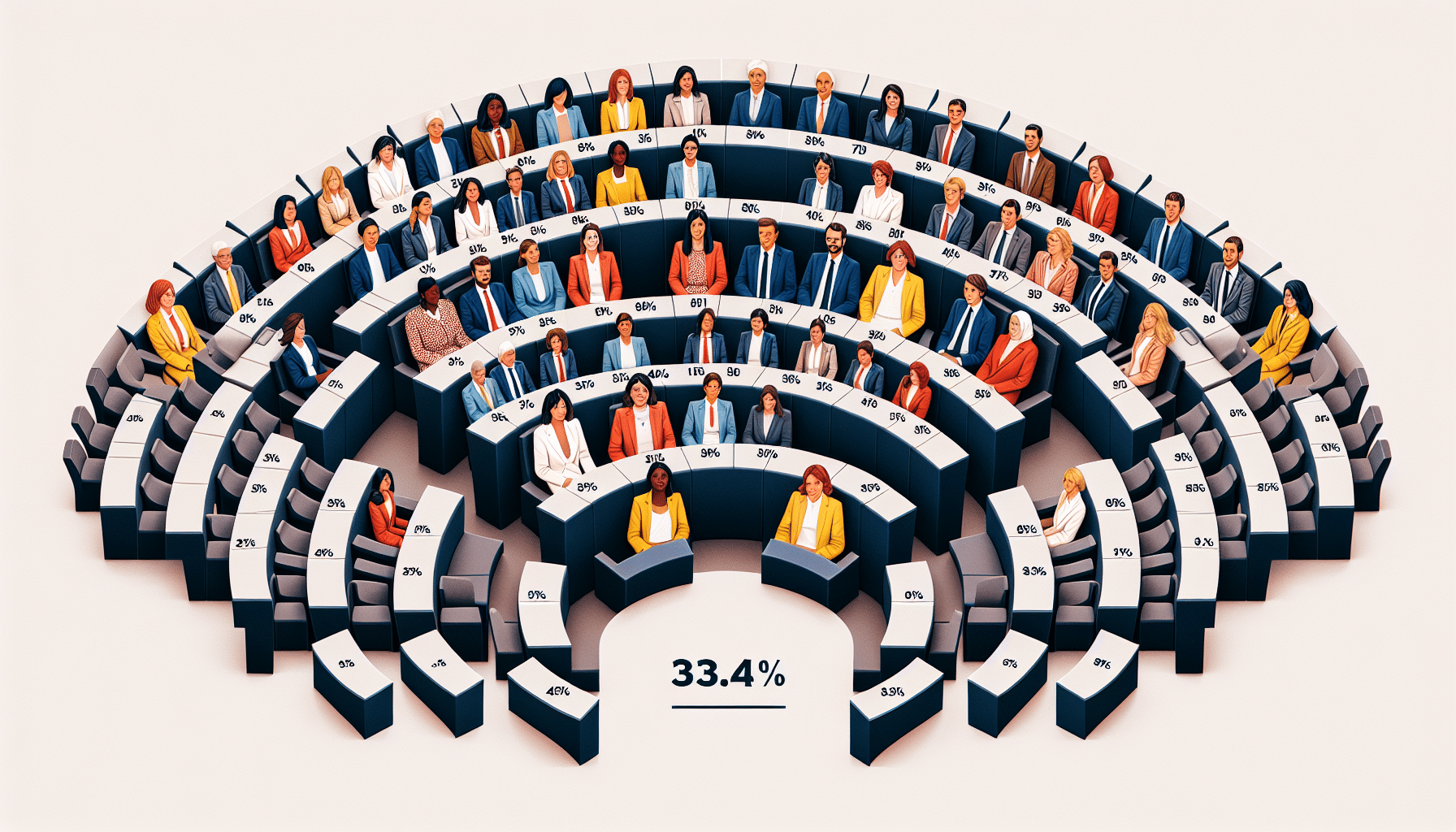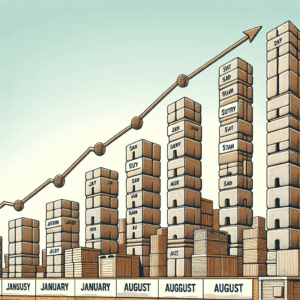In 2024, the role of women in European politics has seen significant advances. According to recent data, women occupy 33.4% of seats in the national parliaments of the European Union, representing a notable increase of 5.6 percentage points compared to 2014. This progress highlights a gradual shift towards greater female representation in political decisions at the national level.
Nordic countries lead in this aspect, with Sweden leading with 45.6% of women in parliament, closely followed by Finland with 45.5% and Denmark with 44.7%. However, the numbers are considerably lower in some nations such as Cyprus (14.3%), Hungary (14.6%), and Romania (19.5%), where female representation is still far from reaching the desired equity.
Three EU countries have achieved a significant increase in the proportion of female parliamentarians by 10 percentage points or more in the last decade: Malta (+14.9 pp), Latvia (+13.0 pp), and France (+10.3 pp). These data reveal a positive trend in women’s political participation in various regions of Europe, although representation remains uneven.
Regarding representation in national governments, the situation has also improved. In 2024, women occupy 35.1% of seats in governments, marking an increase of 7.4 percentage points since 2014, when the figure was 27.7%. This increase is especially notable in Finland, where the proportion of women in the government reaches 60%. Other countries such as Belgium, Estonia, and France also exceed 50% female representation in their respective cabinets.
However, not all nations show this equitable progress. Hungary stands out for not having any women in its government, while in the Czech Republic, female representation is limited to 5.9% and in Croatia to 10.5%. Despite these exceptions, most European countries have seen an increase in female participation in their cabinets, with Belgium showing the greatest improvement with a 32.8 pp increase, followed by Portugal (+25.7 pp) and Lithuania (+24.9 pp).
These advances in female political representation are a positive indicator towards gender equality in decision-making. However, there is still a long way to go to achieve true parity. The celebration of International Women’s Day in 2024 underscores the importance of continuing to fight for the rights and equality of all women and girls, both in the political arena and in society at large.
Referrer: MiMub in Spanish











